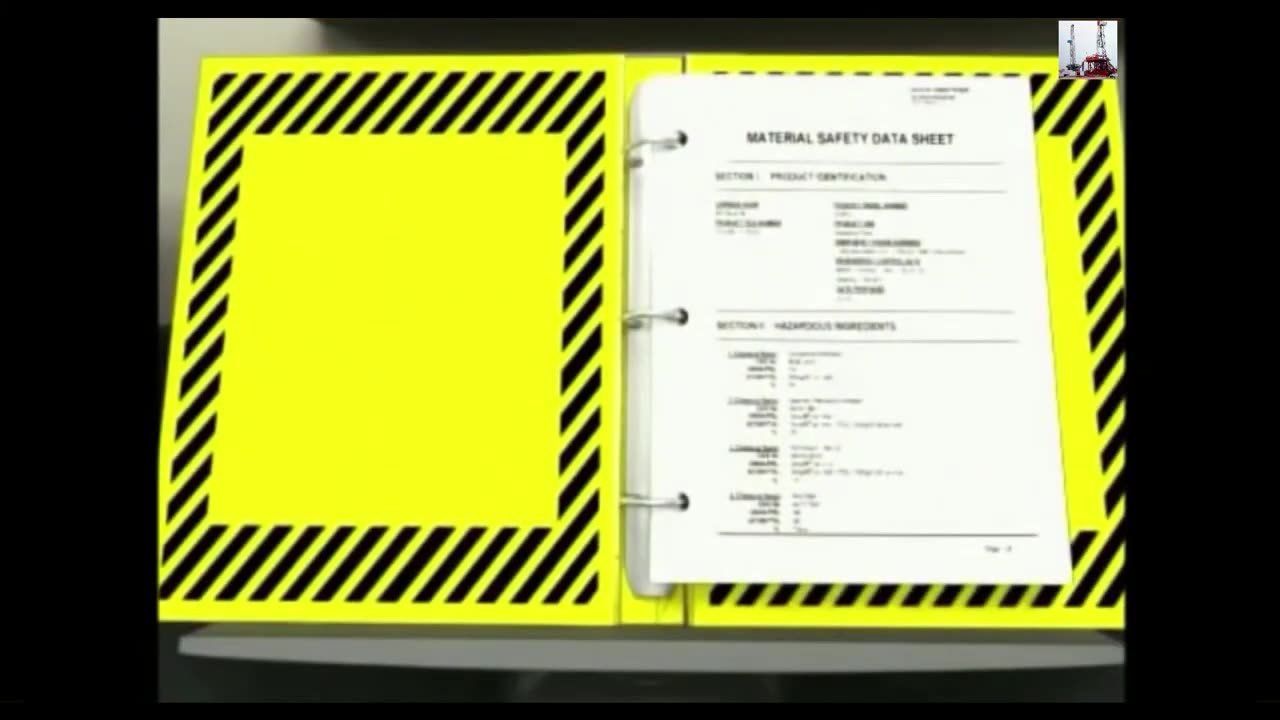Premium Only Content

HAZARD COMMUNICATION
Hazard Communication (HazCom) is an essential workplace program designed to inform employees about the potential hazards of chemicals they may encounter at work. It ensures the safe use, handling, and storage of hazardous materials, thereby reducing accidents and exposure risks. The program is typically governed by regulations like OSHA's Hazard Communication Standard (HCS) in the U.S.
---
### **Key Components of a Hazard Communication Program**
#### 1. **Written HazCom Program**
- A formal document outlining how the workplace will comply with HazCom regulations.
- Includes:
- Procedures for labeling.
- Access to Safety Data Sheets (SDS).
- Training programs for employees.
- Methods for informing workers about non-routine tasks and hazards.
---
#### 2. **Chemical Inventory**
- A complete list of all hazardous chemicals present in the workplace.
- Updated regularly to reflect changes in chemical use or storage.
---
#### 3. **Labeling of Containers**
- **Primary Containers**: Must have original manufacturer labels with:
- Product name.
- Signal word (e.g., "Danger" or "Warning").
- Hazard statements (e.g., "Causes skin irritation").
- Pictograms.
- Precautionary statements.
- Manufacturer's name and contact information.
- **Secondary Containers**: If chemicals are transferred to other containers, they must be labeled with:
- Product name.
- General hazard information.
---
#### 4. **Safety Data Sheets (SDS)**
- SDS must be available for every hazardous chemical.
- Must include:
1. Identification.
2. Hazard identification.
3. Composition/information on ingredients.
4. First-aid measures.
5. Fire-fighting measures.
6. Accidental release measures.
7. Handling and storage.
8. Exposure controls/personal protection.
9. Physical and chemical properties.
10. Stability and reactivity.
11. Toxicological information.
12–16. Additional relevant information.
---
#### 5. **Employee Training**
- Workers must be trained on:
- Understanding labels and SDS.
- Identifying workplace hazards.
- Safe handling, storage, and disposal of hazardous materials.
- Emergency procedures (e.g., spills, exposures).
- Non-routine tasks involving hazardous chemicals.
---
#### 6. **Communication of Hazards**
- Methods to inform employees of hazards in their areas.
- Procedures to communicate hazards to contractors and visitors.
---
### **Employee Responsibilities**
- Follow workplace safety protocols.
- Use personal protective equipment (PPE) as required.
- Immediately report spills, leaks, or unsafe conditions.
---
### **Employer Responsibilities**
- Maintain up-to-date hazard information.
- Ensure employees have access to SDS and proper training.
- Review and revise the HazCom program regularly.
Would you like assistance with creating a specific HazCom plan or resources for training materials?
-
 7:58
7:58
HSESafetyInformation
9 months agoAuthentic Peshawari Rosh _ Namkeen Gosht Recipe __ Traditional KPK and Baluchistan
801 -
 2:04:10
2:04:10
Redacted News
2 hours agoGet Ready! Something Big is Coming and They're Putting all The Pieces in Place | Redacted News
113K86 -
 LIVE
LIVE
Red Pill News
2 hours agoFBI & DOJ Coverup of Clinton Crimes Exposed In Detail on Red Pill News Live
3,503 watching -
 LIVE
LIVE
Robert Gouveia
2 hours agoTrump ILLEGALLY RAIDED!! Judge Dugan Trial! Shame on Tim Walz!
972 watching -
 34:04
34:04
Stephen Gardner
4 hours ago🔥Democrats SUFFER 2 DEVASTATING Losses to Trump TODAY!
16.8K36 -
 1:01:24
1:01:24
vivafrei
3 hours agoRob Reiner Murder BREAKING: Will Son Raise "The Menendez Defense"? Ilhan Omar in BIG TROUBLE & MORE!
110K68 -
 22:45
22:45
Jasmin Laine
3 hours agoCTV Tries to Trap Poilievre—Carney HUMILIATED as Trump Reality Destroys Months of Spin
10.3K11 -
 LIVE
LIVE
LFA TV
20 hours agoLIVE & BREAKING NEWS! | TUESDAY 12/16/25
1,027 watching -
 LIVE
LIVE
freecastle
7 hours agoTAKE UP YOUR CROSS- The weapons we fight with are NOT the weapons of the world!
85 watching -
 1:27:39
1:27:39
The Quartering
7 hours agoKash Patel Talks Relationship Amid Manhunt, Trump's New Daughter-In-Law, and Michigan Football Chaos
121K17